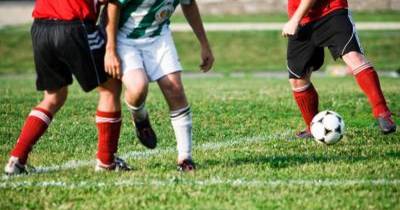 Communication is an essential tool for someone training young kids to play soccer. Just as essential, I believe, is for the trainer to have an understanding of the strengths and weaknesses of the players with whom he is working. Training sessions with diverse skill levels are detrimental to the skill development of all the players involved. One thing trainers need to do is to ensure that training sessions are built with the skill of the kids involved. And, as mentioned, avoid placing weaker kids with stronger kids for training purposes regardless of age. Some clubs are going to a data system where each child is rated for soccer ability and athleticism, given a score, and then placed in a training group consistent with that score (not based on age). This ensures all kids are in groups where they are challenged and can excel.
Communication is an essential tool for someone training young kids to play soccer. Just as essential, I believe, is for the trainer to have an understanding of the strengths and weaknesses of the players with whom he is working. Training sessions with diverse skill levels are detrimental to the skill development of all the players involved. One thing trainers need to do is to ensure that training sessions are built with the skill of the kids involved. And, as mentioned, avoid placing weaker kids with stronger kids for training purposes regardless of age. Some clubs are going to a data system where each child is rated for soccer ability and athleticism, given a score, and then placed in a training group consistent with that score (not based on age). This ensures all kids are in groups where they are challenged and can excel.
But, that is not the point I wanted to discuss. I mentioned before how coaches sometimes give instructions that, as we say in the legal business, assumes facts not in evidence. What I mean is that coaches will tell kids to pass in games, but the kids lack the ability to catch. If they cannot catch the ball, how can they pass the ball? My experience with kids is that if they have the ball with time and space, they generally do something smart with it. From my observations, one of the main reasons young players lack time and space with the ball is because (1) they lack mastery over the ball so that when a ball is presented to them (from a teammate or a loose ball), they lack the ability to control it quickly, and (2) they lack the ability to run off the ball to open space where they can receive it with time and space. Note in (2), a proper catch is still required. We can save (2) for another day.
I noticed this with my girls’ team in year 2 – at our first tournament. When you play better teams, your players’ time and space gets squeezed. My girls just couldn’t get a clean handle on the ball, thus, rarely had it with the time and space they needed to do something helpful with it. From then on, we worked on traps. All kinds. Trapping rollers, bouncers, line drives, punts. You name it. Even then, I lacked an understanding of the technique to properly teach the technique. Through research, assistance from other coaches, and trial and error, our system was/is: (1) relaxed foot (angled 45 degrees to ground) (we called it a “loose tooth”), (2) foot slightly off the ground where contact with center of the ball is likely, and (3) encouragement to catch the ball in front of your body, not underneath. The whole system was referred to as “peanut butter feet” as opposed to “concrete feet.” Not sure why. It just fit.
...
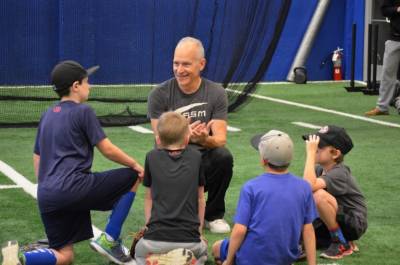 One day at my hitting school, during a class with nine-year-old boys, we were working on the technique of hitting the ball using a pitching machine. One boy, Jake, was struggling with this new skill. His dad finally decided to point out to me all the different things that he was doing wrong with his mechanics.
One day at my hitting school, during a class with nine-year-old boys, we were working on the technique of hitting the ball using a pitching machine. One boy, Jake, was struggling with this new skill. His dad finally decided to point out to me all the different things that he was doing wrong with his mechanics.



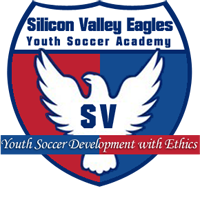
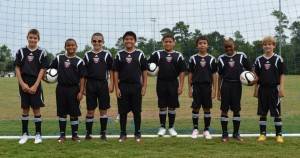 So…let me start by saying that I have spent way too many hours thinking about this issue. While development is the goal, particularly in the small-sided years (anything below 11v11), does there exist a formation for 8v8 that complements development? Or, I should say, that complements development and my coaching philosophy? My coaching philosophy is player development with the style of play being possession based soccer, emphasizing creativity and mastery of the ball, short passes with the ball primarily on the ground. I encourage dribbling around defenders in 1v1 situations, while at the same time recognize the value of the give and go and other 2v1 sequences. I want the boys and girls I coach to be cerebral players and always “think about the next play.” “Show for the ball” when your partner is in trouble, move to space when he is not. I believe strongly that all players need to learn all the positions and be able to interchange (that is Code for “yes, little Johnny may have scored 100 goals as a 7 year old but he needs to learn to defend too”). That is my philosophy in a nutshell.
So…let me start by saying that I have spent way too many hours thinking about this issue. While development is the goal, particularly in the small-sided years (anything below 11v11), does there exist a formation for 8v8 that complements development? Or, I should say, that complements development and my coaching philosophy? My coaching philosophy is player development with the style of play being possession based soccer, emphasizing creativity and mastery of the ball, short passes with the ball primarily on the ground. I encourage dribbling around defenders in 1v1 situations, while at the same time recognize the value of the give and go and other 2v1 sequences. I want the boys and girls I coach to be cerebral players and always “think about the next play.” “Show for the ball” when your partner is in trouble, move to space when he is not. I believe strongly that all players need to learn all the positions and be able to interchange (that is Code for “yes, little Johnny may have scored 100 goals as a 7 year old but he needs to learn to defend too”). That is my philosophy in a nutshell. Communication is an essential tool for someone training young kids to play soccer. Just as essential, I believe, is for the trainer to have an understanding of the strengths and weaknesses of the players with whom he is working. Training sessions with diverse skill levels are detrimental to the skill development of all the players involved. One thing trainers need to do is to ensure that training sessions are built with the skill of the kids involved. And, as mentioned, avoid placing weaker kids with stronger kids for training purposes regardless of age. Some clubs are going to a data system where each child is rated for soccer ability and athleticism, given a score, and then placed in a training group consistent with that score (not based on age). This ensures all kids are in groups where they are challenged and can excel.
Communication is an essential tool for someone training young kids to play soccer. Just as essential, I believe, is for the trainer to have an understanding of the strengths and weaknesses of the players with whom he is working. Training sessions with diverse skill levels are detrimental to the skill development of all the players involved. One thing trainers need to do is to ensure that training sessions are built with the skill of the kids involved. And, as mentioned, avoid placing weaker kids with stronger kids for training purposes regardless of age. Some clubs are going to a data system where each child is rated for soccer ability and athleticism, given a score, and then placed in a training group consistent with that score (not based on age). This ensures all kids are in groups where they are challenged and can excel. We all know — games are more fun. More fun for the kids. More fun for the parents. In a typical training session, the most common question asked by the players is “when are we going to scrimmage?” As trainers, we have been taught to let the “game be the teacher” but, why is training more advantageous to developing players than games? The answer is MATH.
We all know — games are more fun. More fun for the kids. More fun for the parents. In a typical training session, the most common question asked by the players is “when are we going to scrimmage?” As trainers, we have been taught to let the “game be the teacher” but, why is training more advantageous to developing players than games? The answer is MATH. Making it in soccer is difficult. Training programs and players have improved dramatically in the past 15 years. Worldwide exposure has grown the sport and our knowledge about the development of elite athletes is progressing every day. To make it to the elite levels of soccer it takes a combination of skill, resources, luck, and opportunity. But even on this treacherous development journey, a player still has a lot of control. Through observation and research, we have learned that elite youth athletes exhibit similar thinking processes and behavior.
Making it in soccer is difficult. Training programs and players have improved dramatically in the past 15 years. Worldwide exposure has grown the sport and our knowledge about the development of elite athletes is progressing every day. To make it to the elite levels of soccer it takes a combination of skill, resources, luck, and opportunity. But even on this treacherous development journey, a player still has a lot of control. Through observation and research, we have learned that elite youth athletes exhibit similar thinking processes and behavior.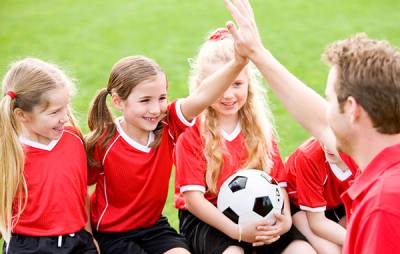 The biggest mistakes I see from youth soccer coaches, whether they be parent, or worse, they are paid to coach, is the failure to follow teaching progressions and failure to communicate with youth players. Coaches that teach complex ideas using foreign soccer jargon to 8-12 year old “competitive” soccer players waste time. It also waste an opportunity to teach. Why do we do it?
The biggest mistakes I see from youth soccer coaches, whether they be parent, or worse, they are paid to coach, is the failure to follow teaching progressions and failure to communicate with youth players. Coaches that teach complex ideas using foreign soccer jargon to 8-12 year old “competitive” soccer players waste time. It also waste an opportunity to teach. Why do we do it?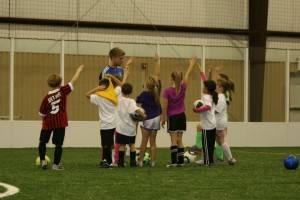 It is that time of year again…tryouts for youth soccer teams. Or rather, it is the hunting season for clubs and coaches to recruit players and find new investors. So, having 5 kids in the system and being a licensed coach, I thought I would add a list of questions and answers for parents for this time of year. I seem to keep having the same conversations so it would be easier just to put the information here:
It is that time of year again…tryouts for youth soccer teams. Or rather, it is the hunting season for clubs and coaches to recruit players and find new investors. So, having 5 kids in the system and being a licensed coach, I thought I would add a list of questions and answers for parents for this time of year. I seem to keep having the same conversations so it would be easier just to put the information here: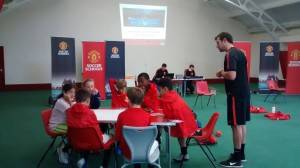 We are halfway through what soccer coaches refer to as “camp season.” This is the time that paid coaches for clubs have available time to make some extra money in the form of “camps.” And that is the first thing that your should know … camps are about money to clubs and coaches not skill development of individual players.
We are halfway through what soccer coaches refer to as “camp season.” This is the time that paid coaches for clubs have available time to make some extra money in the form of “camps.” And that is the first thing that your should know … camps are about money to clubs and coaches not skill development of individual players.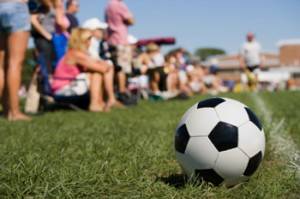 Like it or not, sports come with pressure. There will come a time when your young athlete gets the ball with the clock winding down or steps up with the bases loaded. When that happens, mental toughness often determines whether or not they’ll succeed. Even though you can’t be on the field or the court with your young athlete during these situations, there’s plenty you can do to help beforehand. Here are five methods to get you started.
Like it or not, sports come with pressure. There will come a time when your young athlete gets the ball with the clock winding down or steps up with the bases loaded. When that happens, mental toughness often determines whether or not they’ll succeed. Even though you can’t be on the field or the court with your young athlete during these situations, there’s plenty you can do to help beforehand. Here are five methods to get you started. Go climb a tree!
Go climb a tree!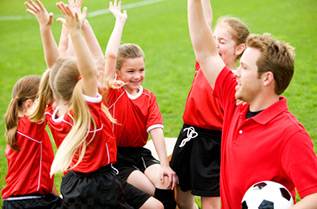 Relationships with coaches can be tricky to navigate, but the key to any solid player-coach relationship can be answered with a simple question:
Relationships with coaches can be tricky to navigate, but the key to any solid player-coach relationship can be answered with a simple question: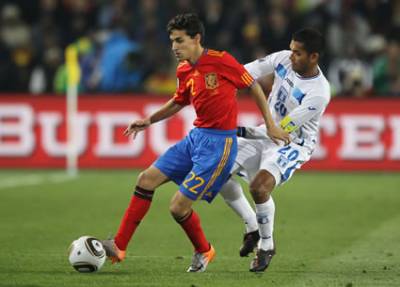 No matter your sport or age, anyone who’s ever played has felt those pre-game “butterflies” in their stomach. Some of us also get the sweats even before we set foot on the field or in the arena. And in the extreme, you might feel your heart pump so rapidly, you think you’re about to faint.
No matter your sport or age, anyone who’s ever played has felt those pre-game “butterflies” in their stomach. Some of us also get the sweats even before we set foot on the field or in the arena. And in the extreme, you might feel your heart pump so rapidly, you think you’re about to faint.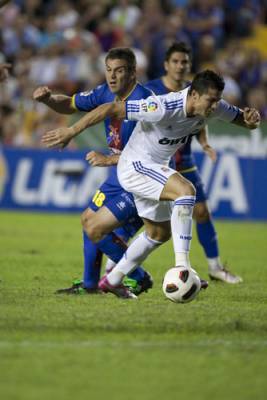 Each week in the world’s top soccer leagues, injuries take an expensive toll. Millions of dollars of talent left on the substitutes bench or back in the training room, risking their team’s place in the standings.
Each week in the world’s top soccer leagues, injuries take an expensive toll. Millions of dollars of talent left on the substitutes bench or back in the training room, risking their team’s place in the standings.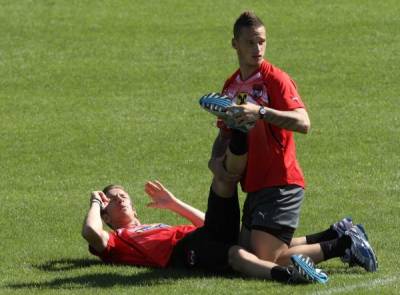 Parents, surely you realize that you are your child’s first and most influential teacher/coach. The stimulation and support you provide can instill a desire for your child to want to improve. So, it is important that you make learning experiences as fun as possible in the hope that your child will eventually become self-motivated to want to improve.
Parents, surely you realize that you are your child’s first and most influential teacher/coach. The stimulation and support you provide can instill a desire for your child to want to improve. So, it is important that you make learning experiences as fun as possible in the hope that your child will eventually become self-motivated to want to improve.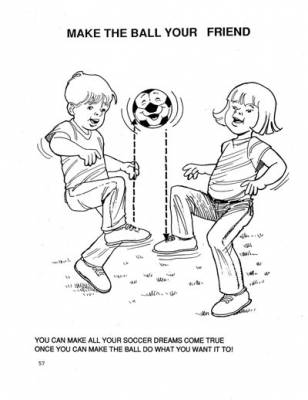 Typical Instruction:
Typical Instruction: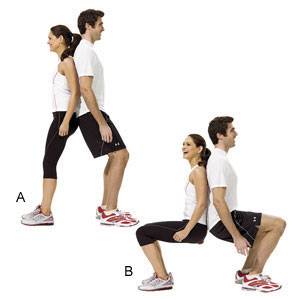 As the soccer season begins, all youth soccer players are excited to start playing again. One thing to remember is that many injuries happen at the beginning of the season. Many of these injuries can be preventable! Below are some tips to help stay injury free for this soccer season and beyond:
As the soccer season begins, all youth soccer players are excited to start playing again. One thing to remember is that many injuries happen at the beginning of the season. Many of these injuries can be preventable! Below are some tips to help stay injury free for this soccer season and beyond: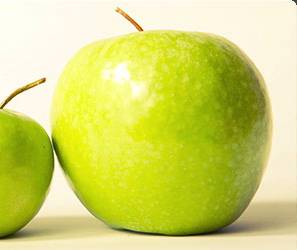 Practices are a good way to test what snacks work best for your child in regards to energy and performance. Just as the old adage goes for adult athletes, “Do not try anything new on race day;” this also can be applied to youth soccer players. Testing what food works well for pre/post practice can then be applied to pre/post games.
Practices are a good way to test what snacks work best for your child in regards to energy and performance. Just as the old adage goes for adult athletes, “Do not try anything new on race day;” this also can be applied to youth soccer players. Testing what food works well for pre/post practice can then be applied to pre/post games.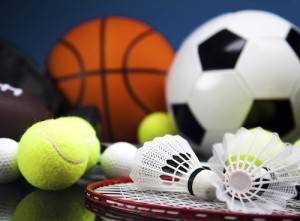 Kids love to move. They love to jump and climb and tumble and, as their coordination improves, to throw and catch.
Kids love to move. They love to jump and climb and tumble and, as their coordination improves, to throw and catch.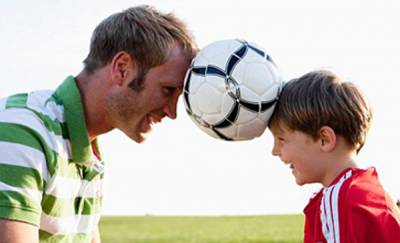 Our kids learn from what we say and do. Don’t we all want to be the kind of sports parent that teaches good sportsmanship, teamwork and respect? Here is some simple advice on how to be the best sports parent before, during and after the game.
Our kids learn from what we say and do. Don’t we all want to be the kind of sports parent that teaches good sportsmanship, teamwork and respect? Here is some simple advice on how to be the best sports parent before, during and after the game.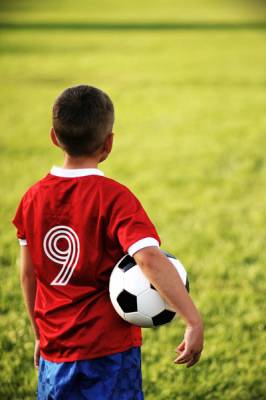 Let’s face it: most athletes, particularly teenage athletes, are mentally under-trained. While they might acknowledge that the mind is important to their sport, they don’t always have a plan to integrate mental skills into their physical training. Just like physical skills, there are some mental skills that athletes have, and some that they need to learn.
Let’s face it: most athletes, particularly teenage athletes, are mentally under-trained. While they might acknowledge that the mind is important to their sport, they don’t always have a plan to integrate mental skills into their physical training. Just like physical skills, there are some mental skills that athletes have, and some that they need to learn.

